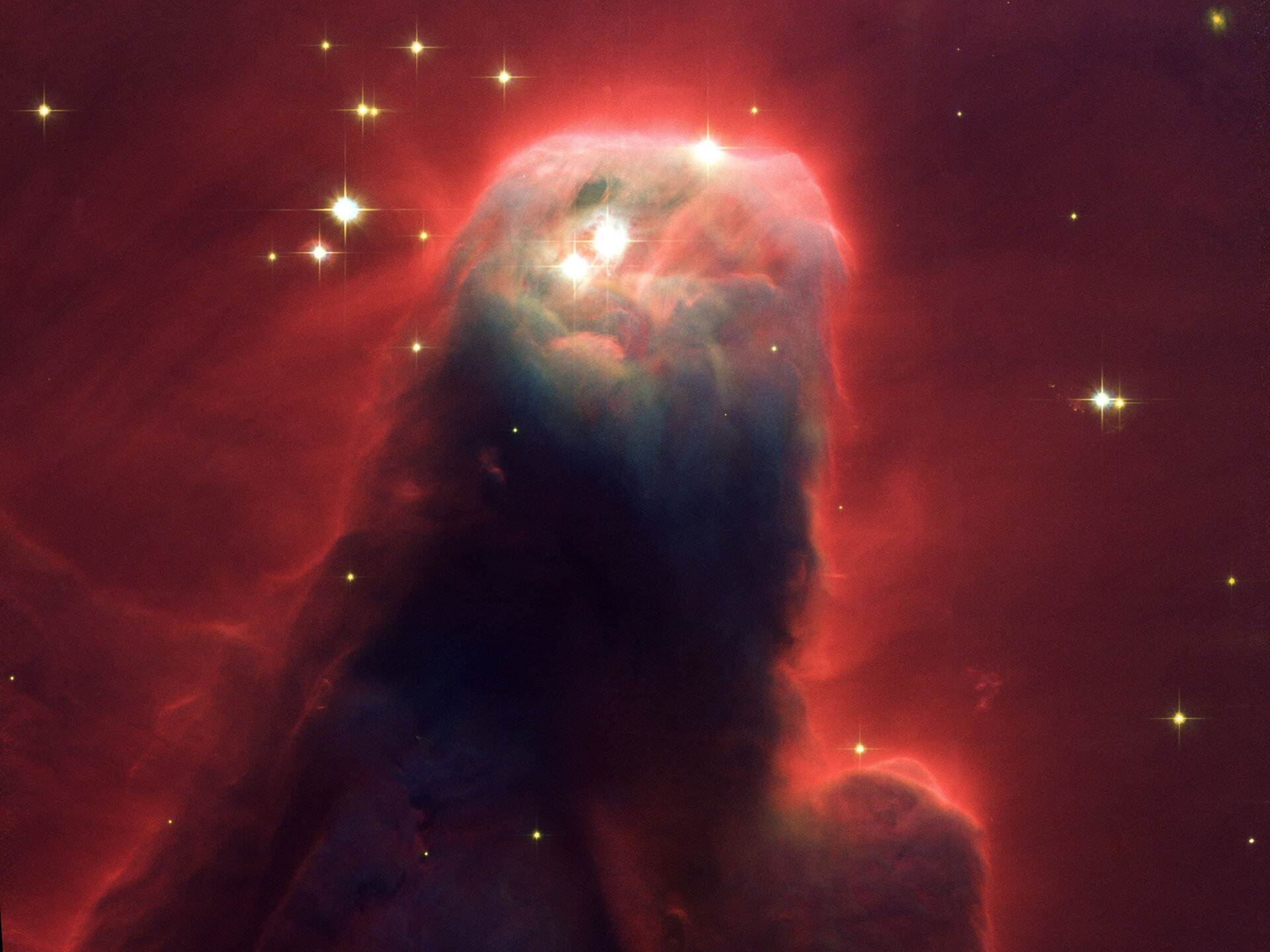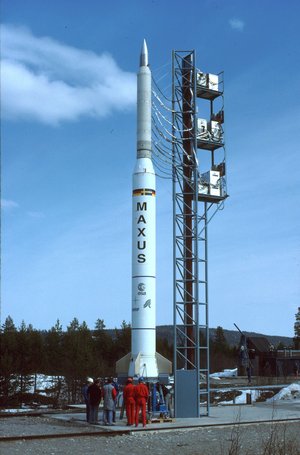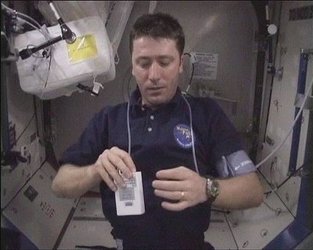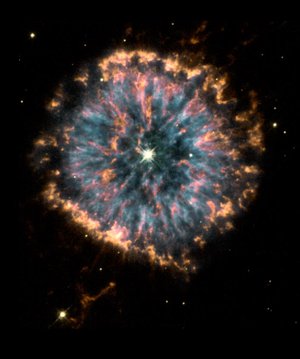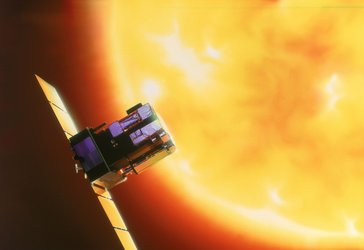30 April
2002: On 30 April 2002, astronomers unveiled spectacular views of the Universe as captured by the NASA/ESA Hubble Space Telescope's new Advanced Camera for Surveys (ACS). They also reported that Hubble was operating normally after the March servicing mission and were looking forward to more pictures from the newly revived NICMOS camera.
Amongst four ACS science demonstration pictures released was an object called the Cone Nebula (in NGC 2264) - so named because in ground-based images it has a conical shape - this pillar resides in a turbulent star-forming region. The picture shows the upper 2.5 light-years of the Cone, a height that equals 23 million roundtrips to the Moon. The entire pillar is seven light-years long.
The ACS camera delivers a panoramic crispness comparable to that of a wide-screen IMAX movie, 16 million picture elements (megapixels) per snapshot. In 2002, a typical consumer camera was 2 to 4 megapixels.
1998: On 30 April 1998, scientists discovered two tiny and irregular moons orbiting Uranus.
Moons of Uranus are traditionally named after characters in the poetry of Shakespeare and Pope. The new moons were named Caliban and Sycorax. Caliban is a character from Shakespeare's play 'The Tempest', a savage and deformed slave of the magician Prospero, and is the son of the witch Sycorax who imprisoned the fairy Ariel for disobedience.
Ariel is already the name of one of the large regular Uranian satellites, discovered in 1851. One of the other large Uranian satellites is named Miranda, after Prospero's daughter, which was discovered in 1948.


